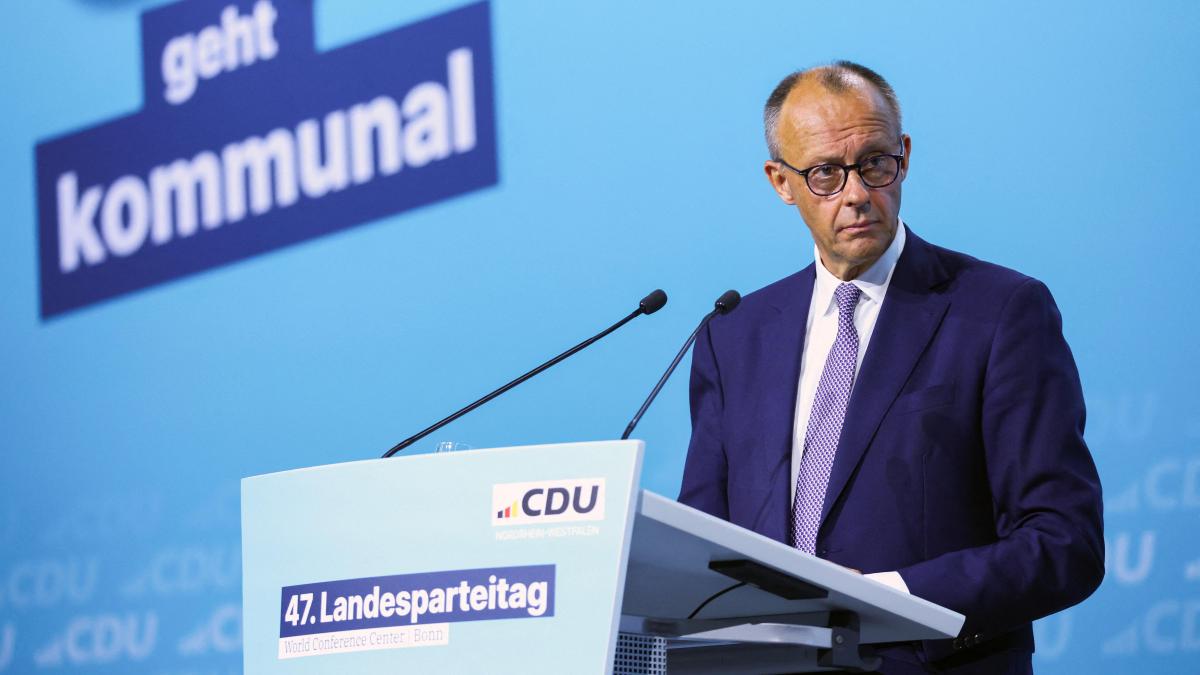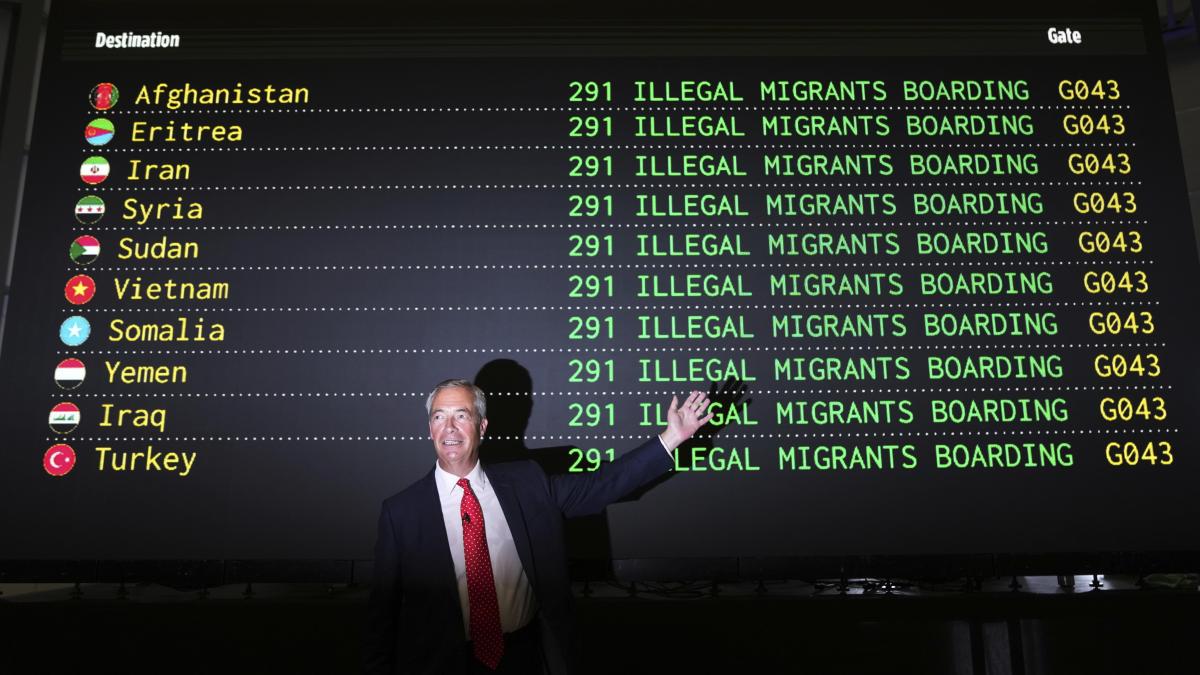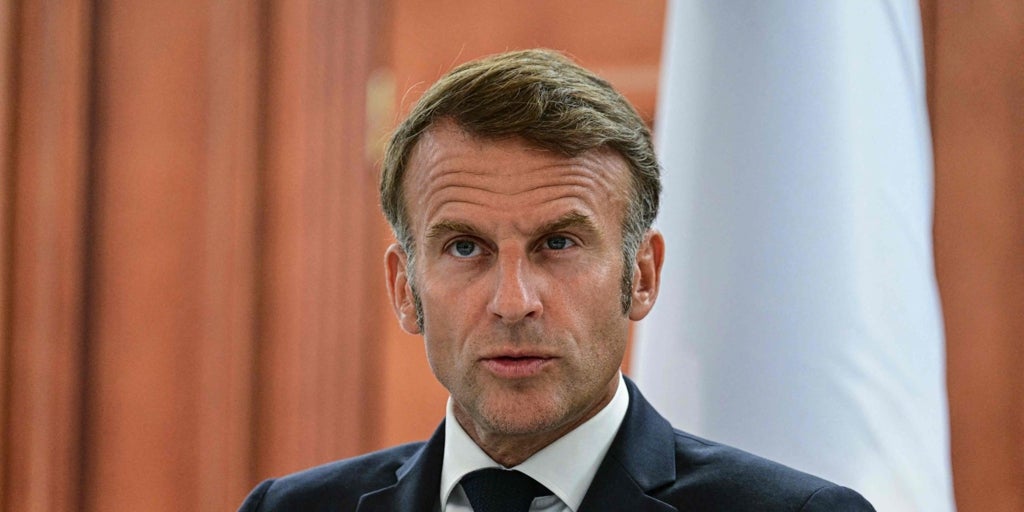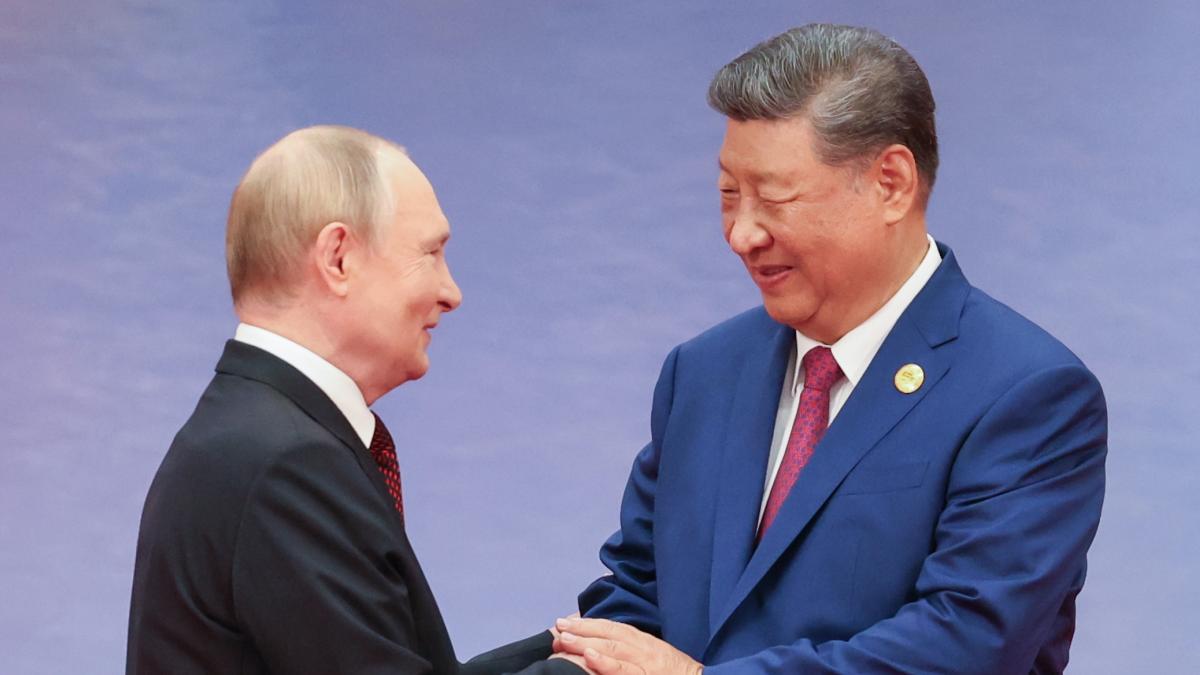The Fallout from Emilia-Romagna Floods Hits Meloni While Salvini’s League Drowns in Polls

The latest elections in Italy have taken a dramatic turn as the center-left coalition has claimed a resounding victory in the Emilia-Romagna and Umbria regions during the elections held on November 17th and 18th, effectively delivering a 2-1 punch against the struggling center-right coalition. This result sharply contrasts with the center-right’s previous victory in Liguria just weeks earlier, raising questions about the future of Italy’s political landscape and the effectiveness of Giorgia Meloni’s government during her administration’s early months.
In the wake of catastrophic floods that devastated the Emilia-Romagna region, these elections are also seen as a referendum on the handling of the crisis by Prime Minister Meloni and her allies, particularly the League party led by Matteo Salvini. As the opposition celebrated their victories, revelations about significant vote shifts in the face of climate crises are indicative of a broader and troubling trend. The floods have not only wreaked havoc on the land but have also deeply affected public sentiment and voter priorities, steering them toward the policies offered by the center-left.
The Resilience of the Center-Left
The center-left coalition, led by the Democratic Party, managed to invigorate its base, capitalizing on the misfortunes that have plagued the center-right. Voter turnout increased, suggesting that citizens are highly engaged and concerned about the direction of their government. The Democrats, under the stewardship of Michele De Pascale in the Emilia-Romagna region, saw a versatile and coalition-build strategy pay off, as they focused on unity and progressive reforms that resonate with a public weary of the status quo.
These elections have undoubtedly shifted the narrative surrounding center-left politics in Italy, which suffered a major blow during the last parliamentary elections. Many analysts argue these recent wins may signal a resurgence of social democracy in Italy amidst economic challenges and climate crises.
Moreover, the ability of the center-left to consolidate support from diverse demographics—including younger voters and those concerned about environmental policy—highlights a critical realignment of political alliances that has been partly fueled by their clear stance on addressing climate change more effectively than the right-wing coalition.
Meloni’s Challenges Intensify
On the contrary, this election spell marks a troubling era for Prime Minister Giorgia Meloni. The climate disasters and public discontent over her government’s perceived inability to manage both economic and environmental crises have dealt a heavy blow to her administration’s credibility. Meloni, who prides herself on strong government leadership, faces increasing criticisms for her alleged neglect of crucial climate issues, leaving many Italians questioning her priorities.
Matteo Salvini’s League, once a dominant force in Italian politics, faces an uphill battle after these recent events. His attempts to push for regional autonomy in the face of widespread backlash seem to have further alienated his support base. The strong showing by the center-left in both Emilia-Romagna and Umbria now highlights the League’s vulnerability and raises critical questions about their approach going forward. Will Salvini adapt to remain relevant, or will his party be consigned to the fringes of Italian politics?
Socioeconomic Implications
As these elections unfold, they underscore deep socioeconomic divides in Italy. The center-left is promising more inclusive economic policies, which resonates particularly in regions that have experienced economic stagnation under successive right-wing governments. Analysts suggest that the return to power of center-left figures could lead to increased investment in social programs and sustainable development initiatives, particularly in areas severely impacted by climate change.
This election serves as a crucial touchpoint for understanding the mood of the electorate. The shift towards center-left governance may also indicate a demand for stronger measures against wealth inequality and a push for more urgently-needed climate policies. The Italian electorate appears to be hungry for change, willing to take a radical stance against an administration that has largely been characterized by division.
A Political Sea Change?
The implications of this double victory for the center-left cannot be understated. As Italy navigates a complex web of challenges—economic recovery from the impacts of the Covid-19 pandemic, the urgency of climate action, and the push toward greater social equity—this new political landscape will require deft maneuvering from both sides of the aisle.
While the center-right may strive to reorganize and restore their image, the incoming center-left coalition represents both an opportunity and a challenge to reshape Italy’s political character as a potentially progressive force. Observers will be watching closely to see how the new administrations in Emilia-Romagna and Umbria will address pressing issues and whether their approach can be replicated on a national level.
In conclusion, the double victory for the center-left comes as a much-needed reassertion of alternatives in Italian politics. With the electorate’s appetite for change evident, the stage is now set for a robust dialogue about the direction Italy will take moving forward, and whether the center-left can successfully capitalize on this momentous occasion.
luyggi scorza
Website: http://Www.scorzart.com
















